Tasty Pedals made by Suhr
Suhr is known for its high-quality guitar effect pedals, which blend innovative design with exceptional sound quality. Among their notable models are the Suhr Riot, a versatile overdrive pedal that provides everything from subtle boost to full-on distortion, and the Suhr Koji Comp, a highly regarded compressor known for its transparent tonal enhancement. The Suhr Koko Boost is another standout, offering an effective boost with a unique EQ section that allows players to shape their tone precisely. These pedals are well-regarded for their durability and responsiveness, making them a favourite among guitarists seeking reliable performance on stage and in the studio.
Many professional musicians and guitarists use Suhr pedals, including prominent figures in rock, blues, and metal genres. Artists like John Mayer, Scott Henderson, and Michael Landau have praised the brand for its ability to deliver nuanced tonal options. The pedals’ reputation for high fidelity and dynamic range has made them a staple among both studio musicians and live performers, further solidifying Suhr’s position in the competitive world of guitar effects.
Just Pedal Ingredients.
Analog — Analog pedals use real electrical components like transistors, diodes, and capacitors to shape your sound in a natural, organic way. They respond to your playing with warmth and character, often adding a touch of unpredictability that feels alive. Think of analog tone like cooking over an open flame — rich, dynamic, and full of subtle flavour that digital precision can’t quite replicate.. Delay — A delay pedal records your signal and plays it back after a set time, creating echoes that can range from tight, slapback repeats to long, atmospheric trails. It’s one of the most versatile effects, used to thicken tones, add rhythmic depth, or build spacious, ambient layers. Analogue delays offer warm, decaying repeats that blend naturally with your tone, while digital units provide pristine echoes with precise control over time, feedback, and mix levels.
From classic rockabilly and tape-style echoes to modern looping and shimmer effects, delay pedals have become essential tools for shaping sound. They can make solos soar, rhythms pulse, or transform simple chord progressions into cinematic textures. Whether used subtly to add dimension or boldly to create soundscapes, a good delay pedal can completely redefine the feel and atmosphere of your music.. Pedal — Your pedal is like a signature dish for your sound — a flavour-packed creation that transforms the bland ingredients of your guitar into something unforgettable. Each one adds its own seasoning, texture, and heat, turning a simple meal into a feast of tone.
These tasty little boxes sit in a row, like plates on a buffet, letting you mix and match flavours as you play. With one tap of your foot, you can swap sweet for spicy, subtle for smoky, and serve up something completely new. From the comfort food of warm overdrive to the fiery kick of fuzz, from smooth jazz sauce to heavy-metal spice, pedals give players a full menu of options to express their taste. And just like with food — once you’ve tried one dish, you’ll want to sample them all.
Collecting, trading, and discovering new flavours soon becomes part of the joy of being a tone-loving gourmet geek with a guitar..

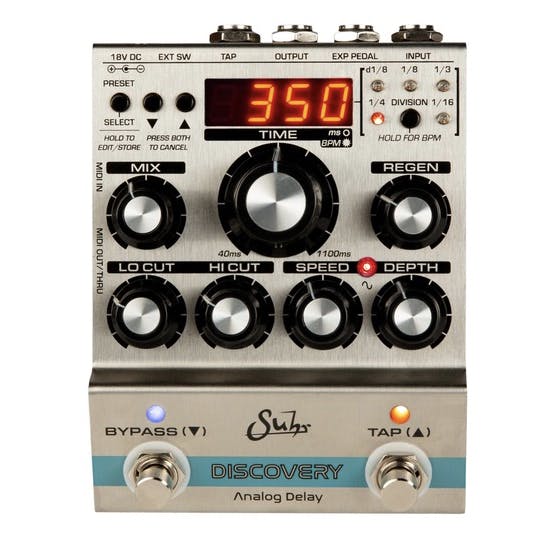
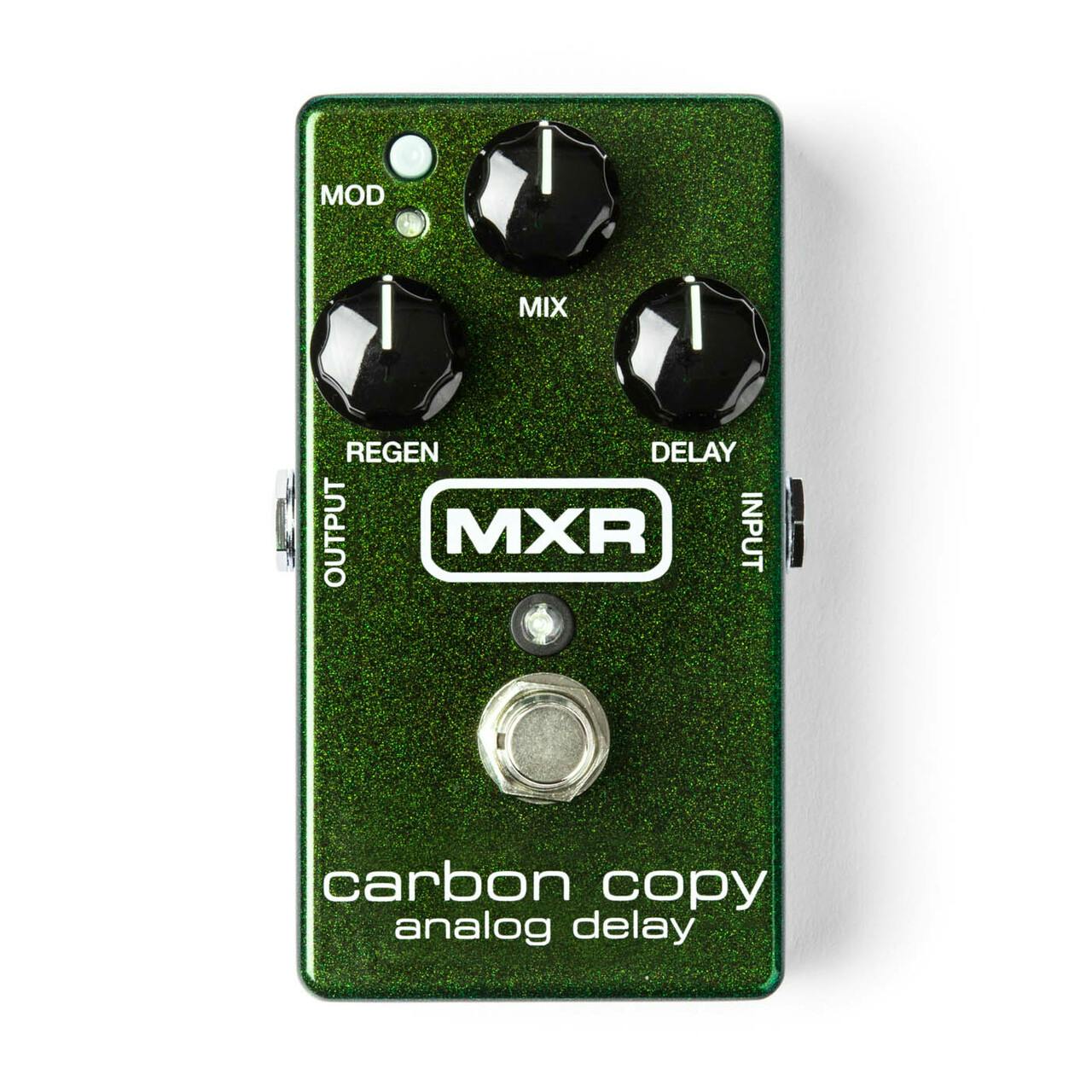
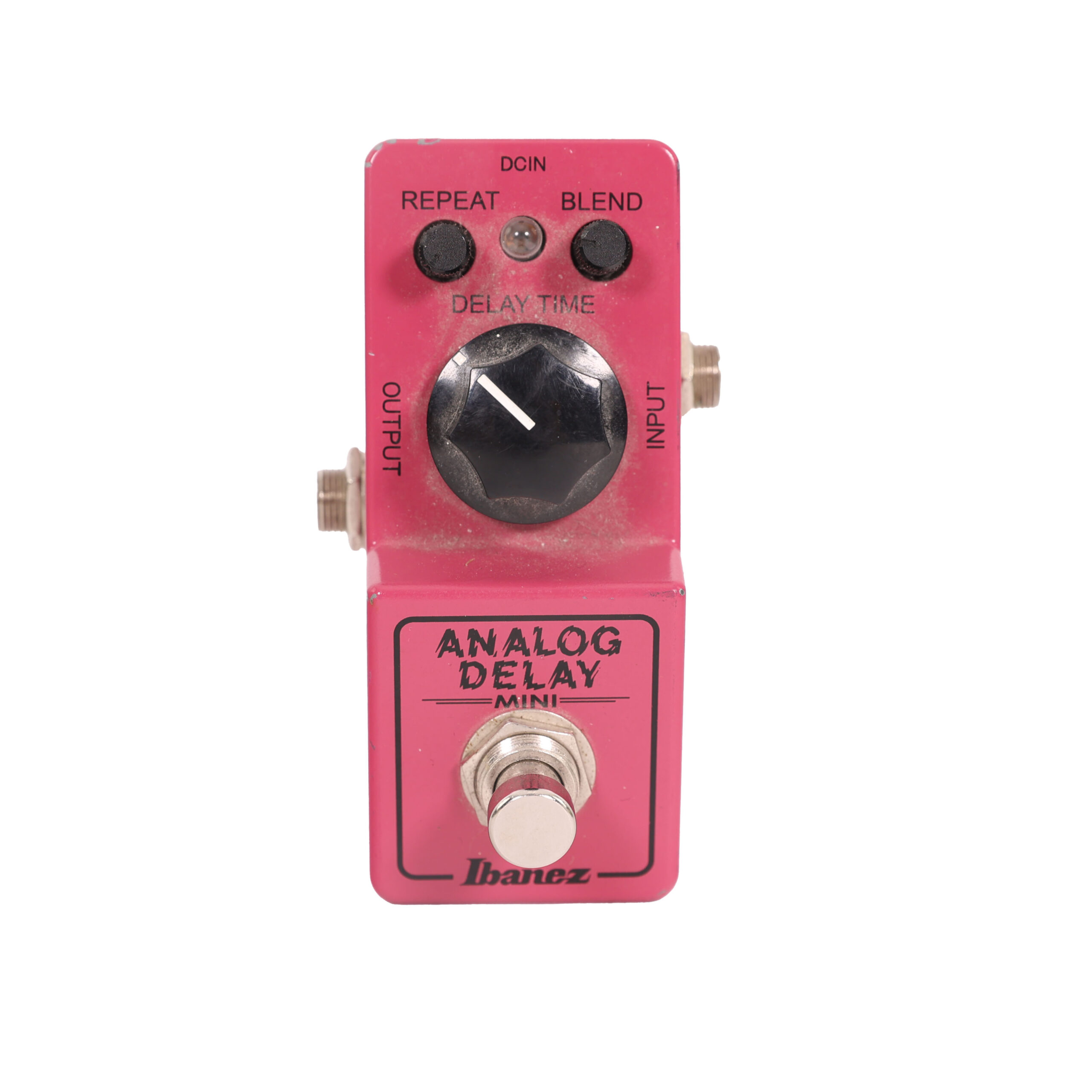
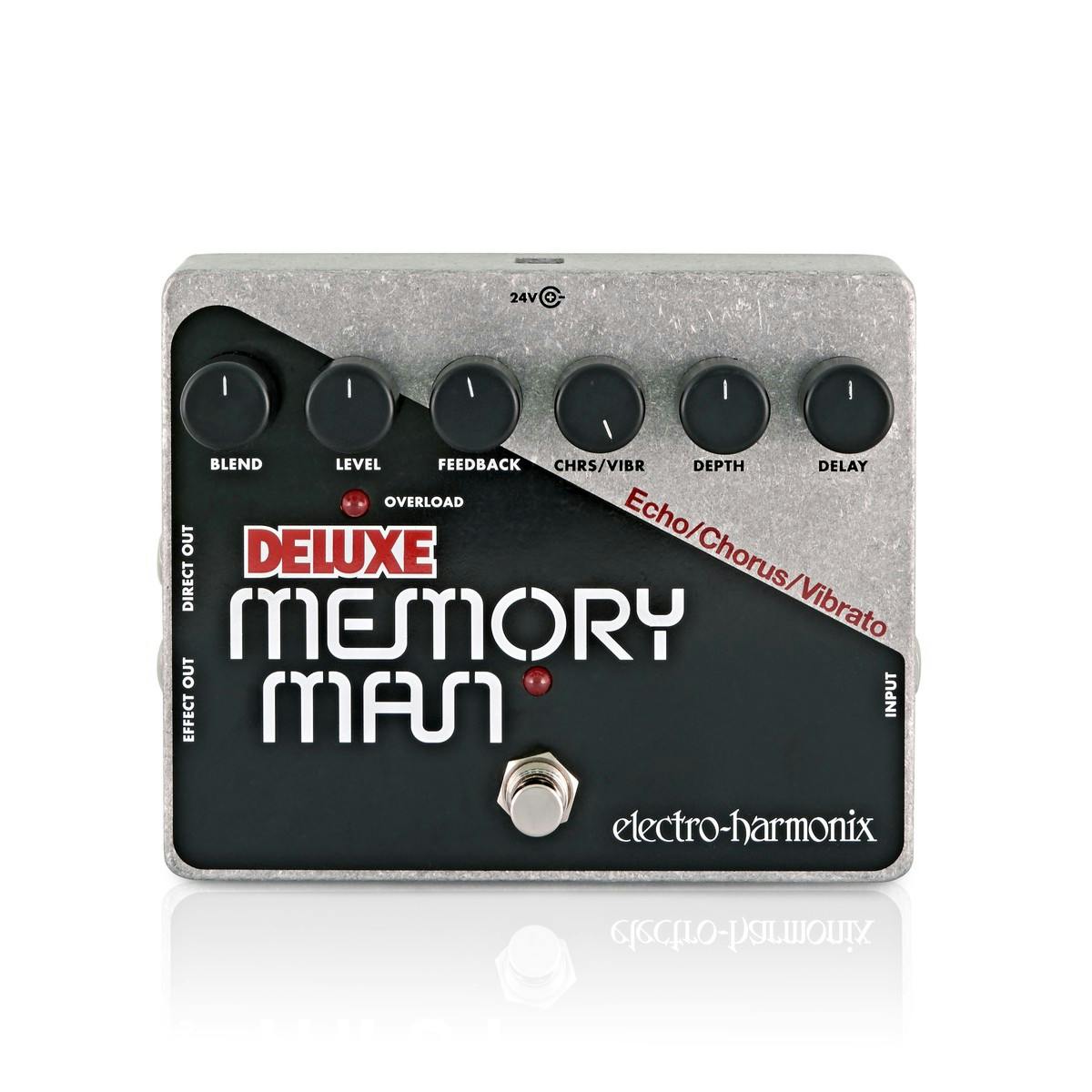
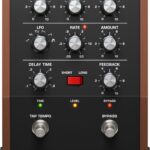
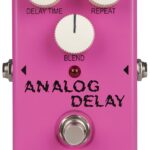
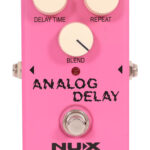
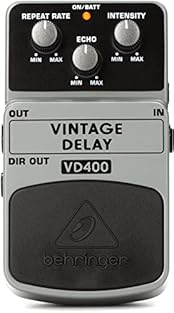
![[Analog Delay Pedal] Reproduces the warm and natural classic vintage analog delay sound. [Flexible Delay Pedal] 20ms to 620ms of delay time. Adjustable delay level and feedback. [Durable Guitar Pedal] Aluminium-alloy classic, stable and strong. [True...](https://m.media-amazon.com/images/I/41ib6iswoGL._SL313_.jpg)
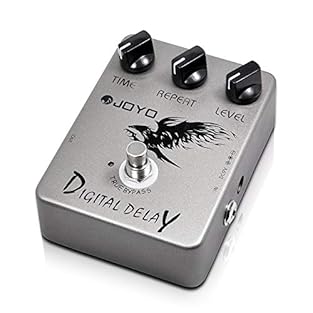

![[7 Delay Modes] 7 delay effects including digital, analog, tape, mod, sweep, lofi and reverse. [3 Knobs] MIX is used to control the dry/effect signal ratio. TIME is used to control the delay time from 20ms ~ 838ms. F.BACK is used to control the feedb...](https://m.media-amazon.com/images/I/41EUFdvIhyL._SL313_.jpg)